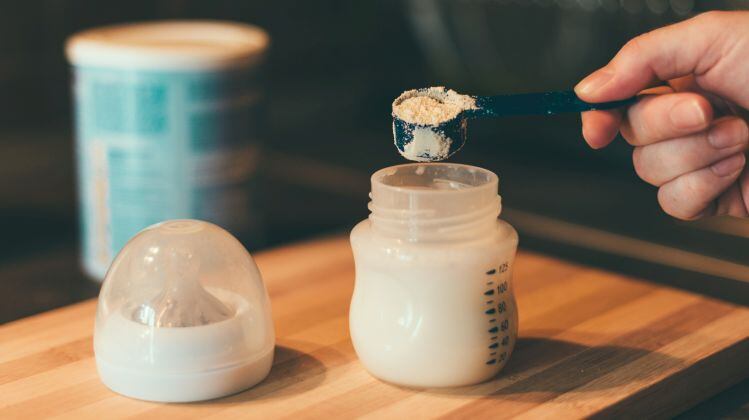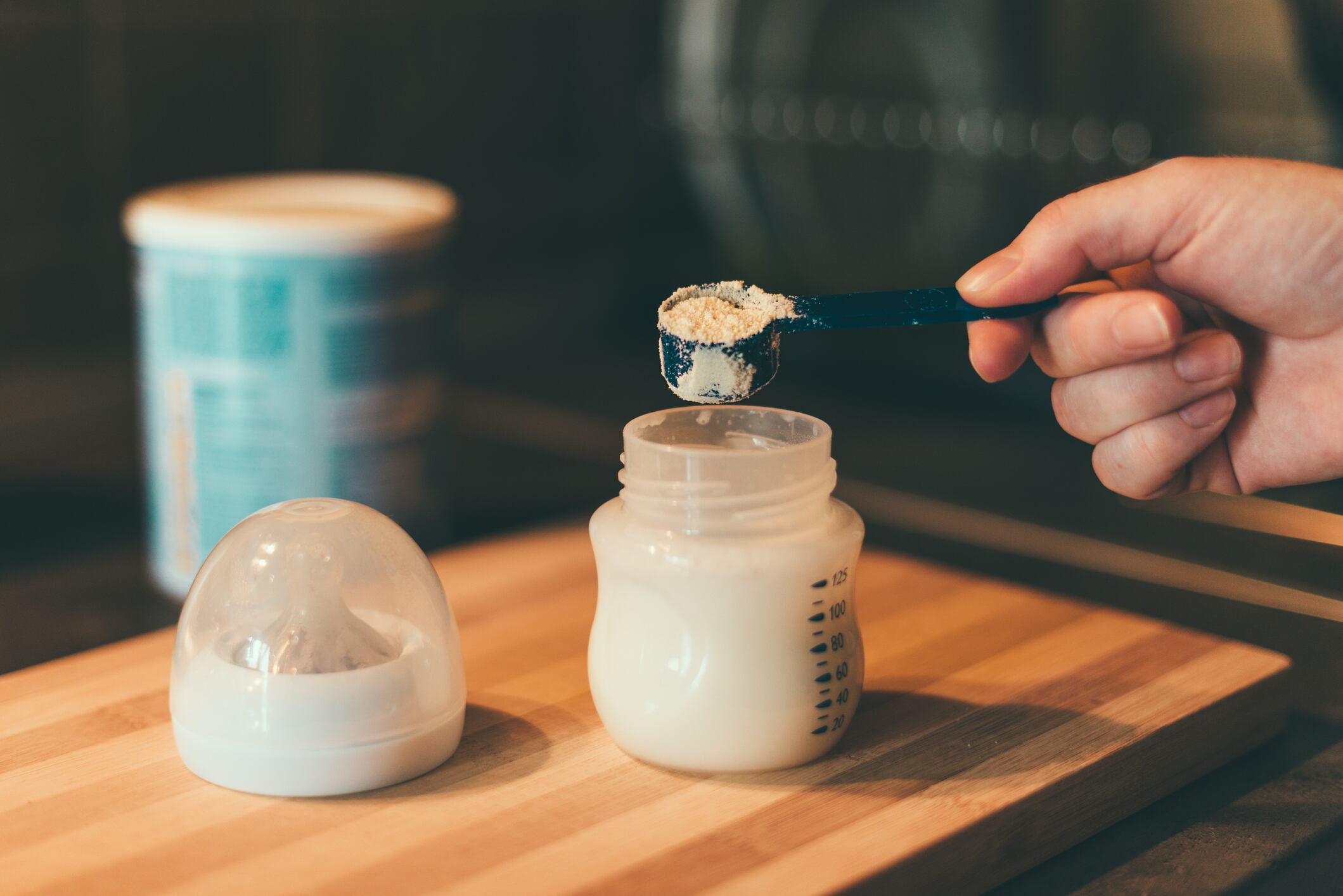Human breast milk contains upwards of 200 HMOs, which comprise about 10% of the dry weight of mother’s milk and are not easily digested, but make their way to the large intestine, where experts postulate that they jump-start the infant’s microbiome, serving as food for certain gut bacteria such as B.infantis and acting as prebiotics.
While breastmilk is always best, infant formula brands have endeavored to get closer to the real thing in recent years for mothers unable to breastfeed for as long as they would like, by adding HMOs manufactured by genetically engineered microbes (typically E.Coli bacteria) via precision fermentation.
A growing number of startups also are developing platforms to produce other health-promoting components in breast milk, from immune-supporting proteins produced via yeast fermentation (Helaina) to bioactive peptides and lipids such as MFGM produced by lactating mammalian cells (Wilk Technologies).
The most prevalent HMOs in breastmilk can all be produced in fermentation tanks, with the top five (- 2'-FL, 3-FL, LNT, 3'-SL and 6'-SL ) now featuring in Abbott’s Similac 360 Total Care formula, for example.
San Diego-based startup Debut Bio, meanwhile, is working with Korean firm GeneChem to develop HMOs that have never been commercialized before using a novel 'cell-free' biomanufacturing process.
Yeast as second generation production platform for HMOs
While E.Coli bacteria has typically been used as the production microorganism for HMOs, NAMUH is carving out a distinct path in the space by using yeast, and is now tapping into Ginkgo's expertise in yeast strain engineering and fermentation process development to accelerate its commercialization plans, founder and CEO Dr Chaeyoung Shin told FoodNavigator-USA.
“The most abundant HMOs, around 10, account for over 90% of the concentration. We think abundance hints at the importance, so the most abundant 10 are likely to play more crucial roles. They have also been the most widely studied and their nutritional benefits are quite established.”
While the FDA has not raised any objections to GRAS (Generally Recognized as Safe) determinations for HMOs produced by E.Coli, Shin said yeast was potentially a more ‘food-friendly’ host: “We believe that yeast is a superior organism because there is zero endotoxin risk and yeast is an extremely food-friendly organism with a good, long track record for usage in human food.”
The business model
While the original plan was to serve as a b2b player, NAMUH now plans to launch its own infant formula featuring HMOs it produces in-house, said Shin.
“We are formulating with our HMOs and other human milk-like products – with more partnerships coming - to formulate an infant formula product closest to human breast milk at the molecular level. We will also sell our products directly to consumers.”
Regulation, funding, manufacturing setup
As for the regulatory pathway, she said: “We will be filing for GRAS for the HMOs and will go through the infant formula clinical trials, which is mandatory for new infant formula formulations in the US. Could this take years? Yes, but not more than two to three years, fingers crossed.”
Asked about funding for the company, which is based in Alameda and backed by 8VC, Berkeley Catalyst Fund, SOSV, and private investors, she said: “I can't disclose too much but we're seeking funding that will bring us to market.
“We don't need too much fermentation volume, as we are just starting out as a formula company and HMOs are also one of the components of the formula.
“We are at the piloting stage currently and we have a very seasoned CTO in Dr. Paula Hicks [who has worked in the precision fermentation field for years at companies including Evolva] who was involved in bringing multiple ingredients from bench to commercialization.”
She added: “We have a partner and are speaking with more potential partners for piloting/manufacturing.”
HMOs: Growing body of clinical data
A study published in Gut in 2016 by scientists from Harvard Medical School showed that 2’FL - one of the most abundant HMOs in human breast milk - could reduce the inflammatory response to pathogenic bacteria; while a 2017 paper in the Journal of Pediatric Gastroenterology and Nutrition reported that infants fed formula with 2′FL and lacto-N-neotetraose (LNnT), another HMO, had lower levels of bronchitis and required fewer antibiotics.
Results of a study published in the Journal of Nutrition in 2016 by scientists at Abbott Nutrition found that infants fed a formula with 2’FL had levels of inflammatory cytokines similar to those observed for breast feeding, and significantly lower than those observed for infants fed a control formula containing no 2’FL.
Research published in 2020 suggested that higher exposure to 2′FL at one month of age is linked to better cognitive development at two years of age (PLoS ONE), while a 2021 paper in the Journal of Nutrition & Food Sciences indicated that 2’FL and 6’SL were positively correlated with motor scores at 6 and 18 months of age.
Data published in Nutrients in 2022, meanwhile, indicated that 2´FL, 3FL, and 3′SL also played a role in developing white matter in the brains of babies.



